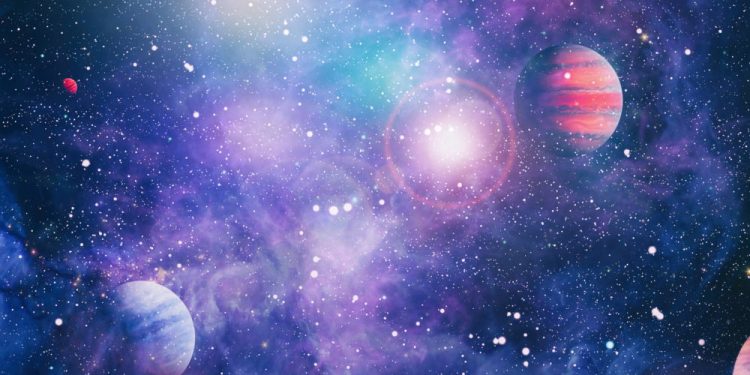New York: The James Webb Space Telescope (JWST), to be launched this October, could feasibly detect ammonia around six gas dwarf planets after just a few orbits, thus detecting a potential signature of life on other planets in as little as 60 hours.
Gas dwarf planets have the potential to foster life.
Since none of these super-Earths or mini-Neptunes exist within our solar system, scientists struggle to determine whether their atmospheres contain ammonia and other potential signs of living things.
“What really surprised me about the results is that we may realistically find signs of life on other planets in the next 5 to 10 years,” said Caprice Phillips, a graduate student at The Ohio State University.
He will share preliminary findings at a press conference during the 2021 APS April meeting.
She and her team modelled how JWST instruments would respond to varying clouds and atmospheric conditions, then produced a ranked list of where the telescope should search for life.
“Humankind has contemplated the questions, ‘Are we alone? What is life? Is life elsewhere similar to us?'” said Phillips.
“My research suggests that for the first time, we have the scientific knowledge and technological capabilities to realistically begin to find the answers to these questions.”
NASA’s James Webb Space Telescope has survived all of the harsh conditions associated with a rocket launch to space, ahead of its October 2021 launch.
Webb’s recent tests have validated that the fully assembled observatory will endure the deafening noise, and the jarring shakes, rattles and vibrations that the observatory will experience during liftoff, according to NASA.
The telescope is the world’s largest, most powerful, and complex space science telescope ever built.
It is designed to help in solving the mysteries of our solar system, looking beyond to distant worlds around other stars, and probing the mystifying structures and origins of our universe.







































